Selected Research
Projects
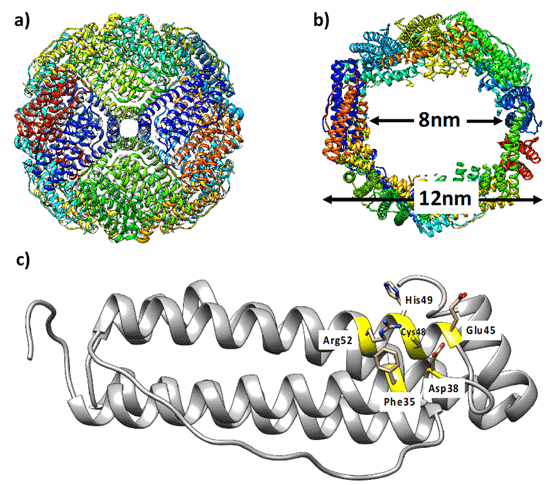
Cats in a Cage: Novel Hybrid Nanocages for Faster Catalysis
A novel hybrid ferritin nanocage with histidine residues shows 1.5 times higher metal ion uptake and improved catalytic efficiency for alcohol production, find researchers from Tokyo Tech in a new study. Their findings suggest that hybrid bio-nanocages could effectively catalyze reactions to yield industrially important products.
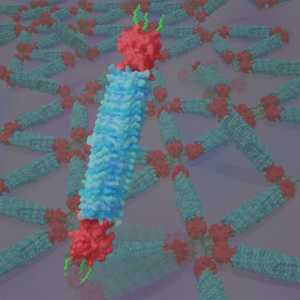
Decoding Protein Assembly Dynamics with Artificial Protein Needles
Protein assembly is essential for the formation of ordered biological structures, but imagine engineering one! This is exactly what researchers at Tokyo Tech have now accomplished with protein needles. By regulating the tip-to-tip interactions of these needles, they allowed for their self-assembly into lattice structures, ordered monomeric states, and fiber assemblies, paving the way for the controlled construction of more of such protein architectures.
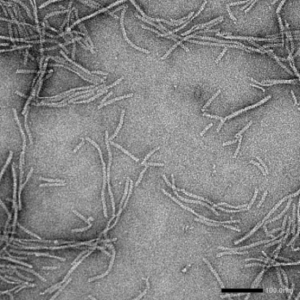
In-cell Nano-3D Printer: Synthesizing Stable Filaments from In-cell Protein Crystals
Scientists at Tokyo Institute of Technology (Tokyo Tech) have pioneered a novel method for producing supramolecular protein assemblies from protein crystals. Their approach involves strategically introducing mutations in a protein monomer to create disulfide bonds (S-S) between the building blocks of protein crystals at very specific sites. After isolating the protein crystals from the cells and dissolving them, these bonds create uniform, stable filaments. Such protein assemblies could find applications in molecular storage, drug delivery, and catalysis.
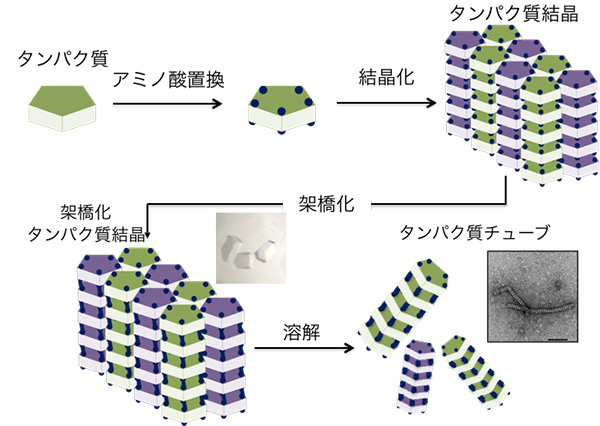
Nanotubes built from protein crystals: Breakthrough in biomolecular engineering
Researchers at Tokyo Tech have succeeded in constructing protein nanotubes from tiny scaffolds made by cross-linking of engineered protein crystals. The achievement could accelerate the development of artificial enzymes, nano-sized carriers and delivery systems for a host of biomedical and biotechnological applications.
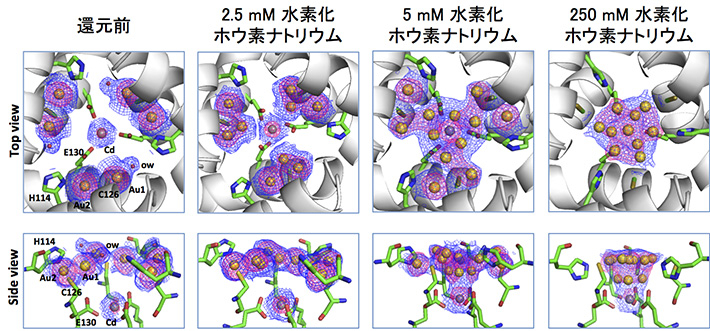
Nanocages for gold particles: what is happening inside?
Scientists at Tokyo Institute of Technology have used high-resolution crystallography to uncover the mechanism behind protein-assisted synthesis of gold nanoparticles, providing a platform for designing nanomaterials tailored for biomedical application.
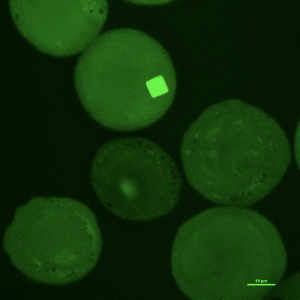
In cell molecular sieve from protein crystal
Scientists at Tokyo Institute of Technology, RIKEN, and Kyoto Institute of Technology have applied rational crystal design to create protein crystals with extended porous network to accumulate exogenous molecules inside living cells. This work lays a foundation for engineering of stable self-assembling crystalline porous materials which can concentrate and preserve bioactive substances in various cell types.
